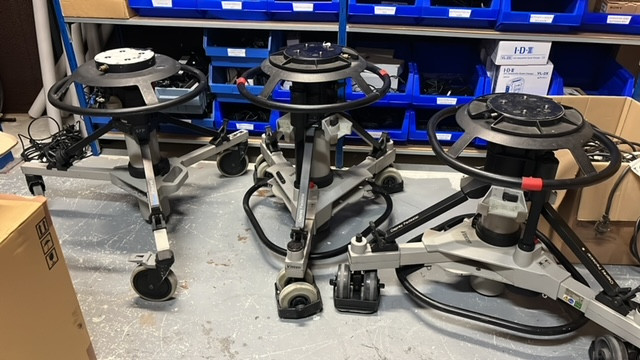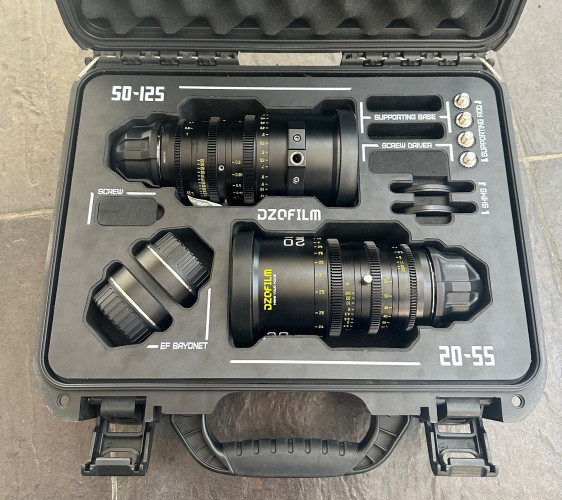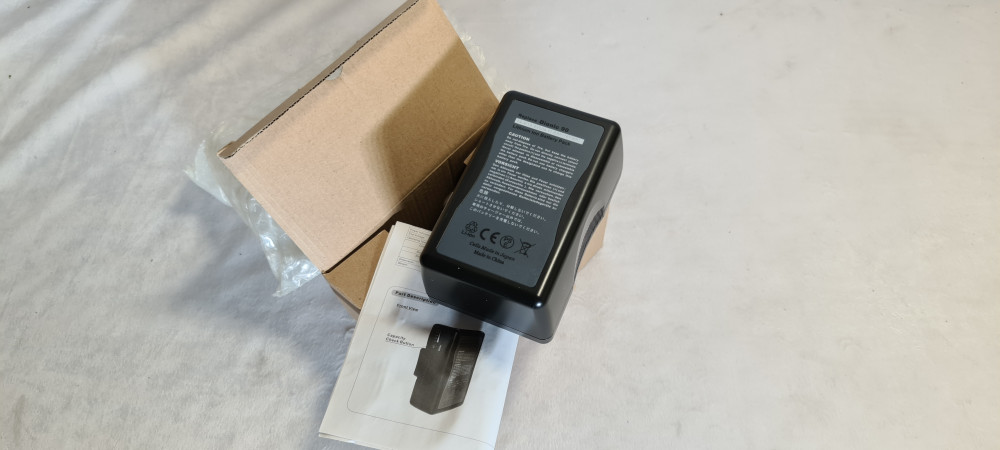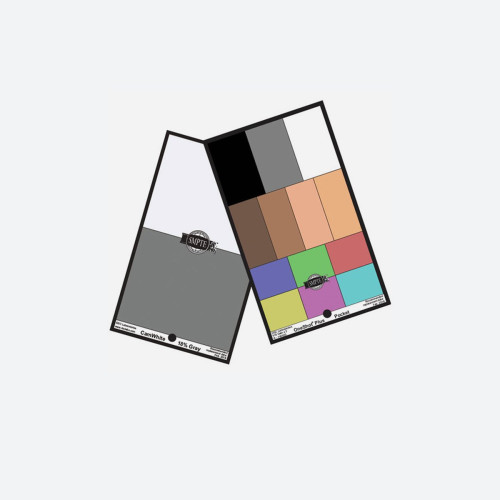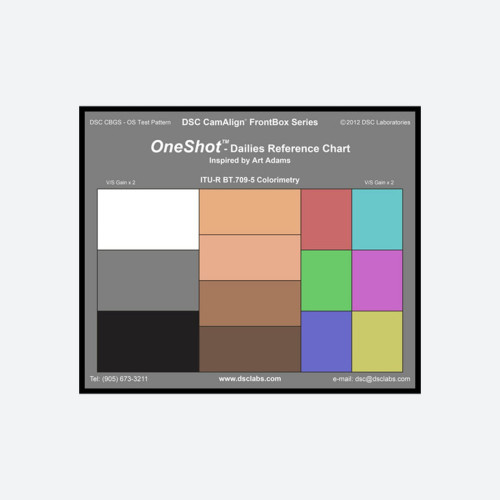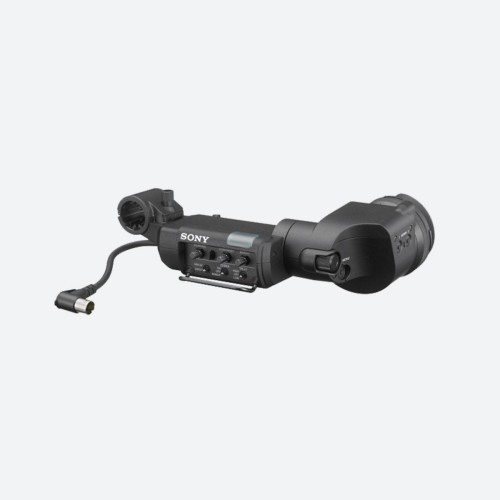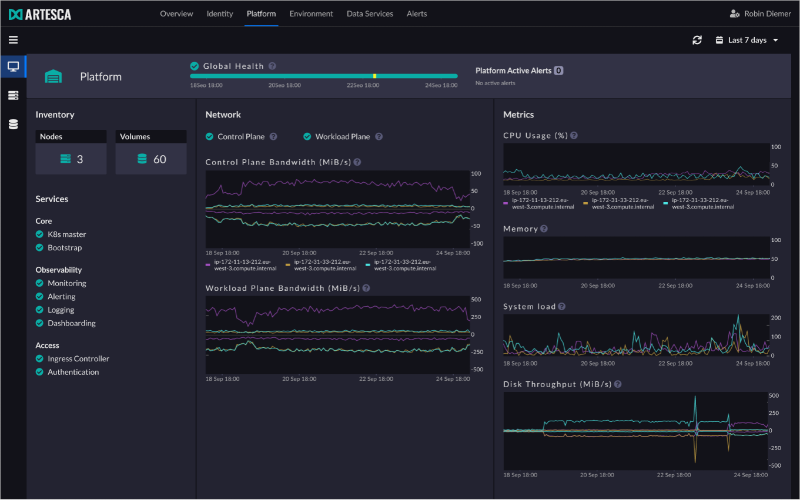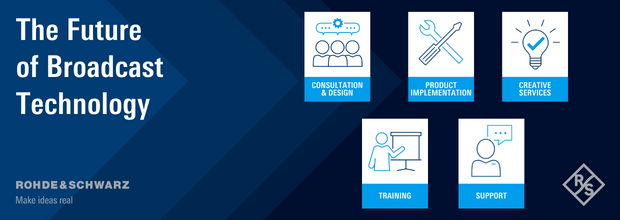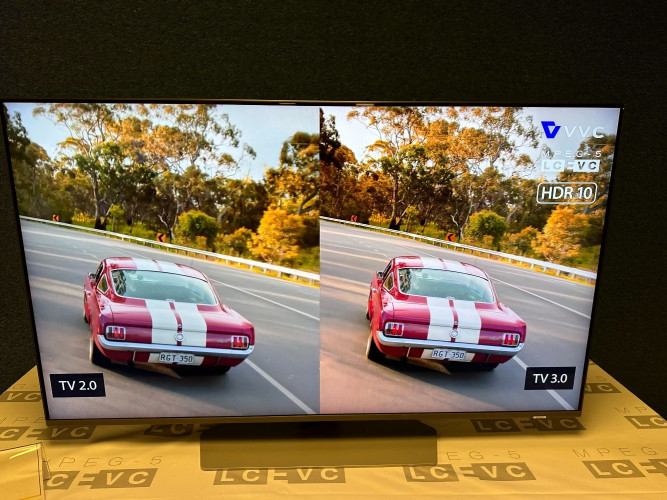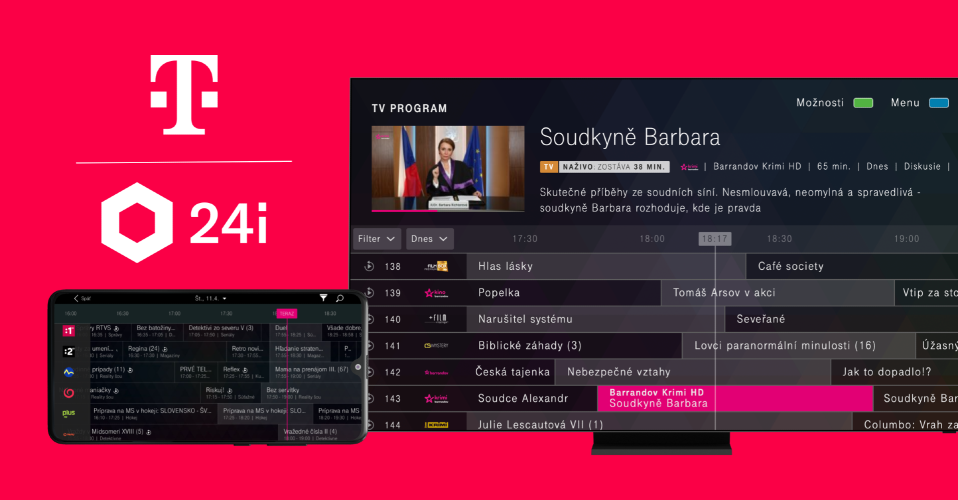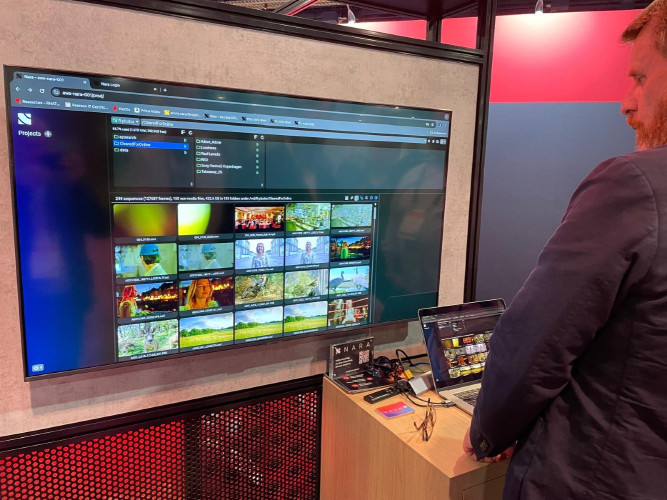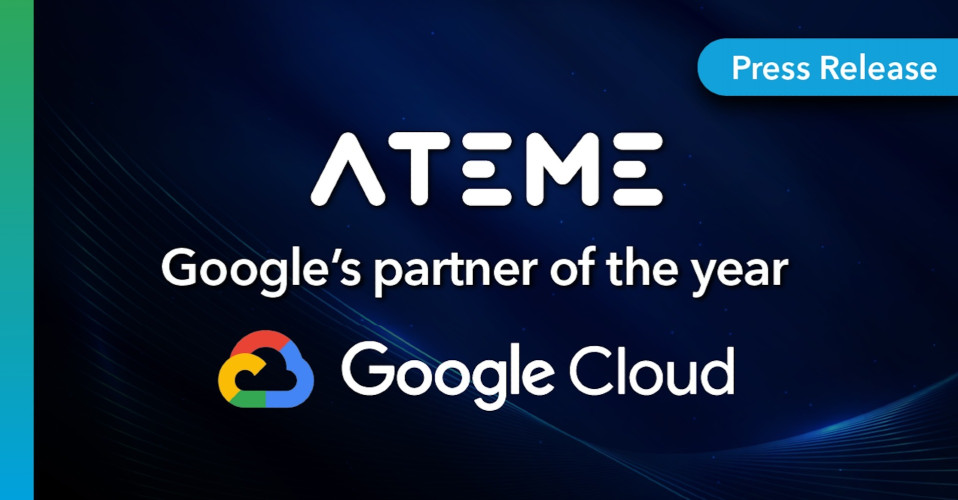by Bob Pank
Issue 84 - December 2013 The closer you look at 4K UHD the more you see what needs to be done to make it work from scene to screen. Until that pipe is complete no practical service can flow to the consumer. The parts that are working and available now are the cameras, recorders and post production. Beyond those there are a few satellite transmission services and very few television screens able to show the pictures. The first reported 4K set-top box was shown at IBC receiving a Sky Deutschland 4K test feed from the Astra 2 satellite. This from Technicolor STB is believed to be ready for delivery in about a year around IBC 2014 time. So UHD material is being produced, but mainly for tests. This is only a trickle compared with the vast flow of SD and HD material produced today.
With the industry news being full of 4K stories, you might think that 4K TV is just around the corner but we are a long way from a widely viewed UHD TV channel. However this is no bad thing. HD started the same way, with the production and post in place and in use for a considerable time before the delivery system and TV sets were there in numbers.
Looking at home delivery, satellite transmission appears to be in the lead. Eutelsat scored a first with the launch of its UHD channel in January 2013. Its website says it is designed to benefit all actors in the broadcasting chain who want to acquire expertise in 4K, including production companies, pay-TV operators, rights owners and TV-set manufacturers. It is broadcasting in 50P in four Quad HD streams at 40 Mb/s with MPEG-4 coding. A second channel followed in September with HEVC encoding, operating at 30P. There is also a third channel on the same Eutelsat 10A satellite dedicated to a partnership with Samsung to promote UHD at point-of-sale outlets. That must be what I saw at Currys!
With the evolution in video compression from MPEG-2 to MPEG-4 and now to the upcoming HEVC, each change has roughly halved the data required for TV pictures. Also DVBs advanced transmission systems T2, S2 and C2 (terrestrial, satellite and cable) are at least 30-percent more efficient at carrying data than their predecessors. Combined these allow over five-times more video to be carried over the same bandwidth. So, for example, on a UK terrestrial Freeview multiplex that typically now carries five Standard Definition TV channels (MPEG-2, T(1)) there could be, theoretically, 25 channels with HEVC compression and T2 transmission! As 4K UHD images are only 20 times the area of 576-line SD, then there would be ample room to carry one channel on one multiplex... assuming 25 frames per second, but many would argue that 50Hz is required.
Of course people will want to watch UHD in the same ways as they do with SD and HD, so some form of download or recordable media (DVD) is needed. Taking a typical movie which is usually run at 24 f/s it is estimated that this would require somewhere about 100 GB of storage. Well, cometh the hour, cometh disc! Right on cue the German company Singulus Technologies recently announced its development of a new Blu-ray Disc. Dr.-Ing. Stefan Rinck, Chief Executive Officer, commented: Just in time for the market introduction of the new ultra-high definition television technology, we completed the development of the production technology for the new triple-layer Blu-ray Discs with 100 GB storage capacity. The company also states that the triple-layer Blu-ray Discs with 100 GB storage capacity is the preferred playback medium for the new 4K technology.
Of course providers of on-demand Internet streaming media think they have the best way to deliver UHD movies to homes. I would agree and Im delighted with my Virgin Media connection that runs at 4 Mbits/s but slower in the evenings. But now Ive done the maths I see that would take something like 55 hours for a 100GB movie. Titanic 4K would take longer! We wont even mention higher frame rate (HFR). So for me getting the disc through the post would be quicker. However my son says his new Internet that came with his HD cable TV service, again from Virgin Media, runs at least at 80 Mbits/s. So his 4K movie could download in about real time. Whichever way you look at it 4K is big. Often at trade shows someone from a post house darkly whispers something like, Theres an awful lot of data we have to handle now with 4K. Im sure they are right, and it is easy to forget how fast the gigabytes add up to terabytes... and then petabytes. These are nice clean nouns and it is easy to forget that they describe massive numbers. Despite the incredible onward march of hard-disc development, it seems the entertainment industrys hunger for storage is outpacing it. In the short term, at least, the extra demand for storage will increase costs.
But all is not gloom. It seems that one of the biggest barriers to the publics appreciation of 4K has been, to a great extent, swept away. The Chinese have entered the 4K screen market with very aggressive pricing so, in the USA at least, you can buy a 50-inch screen made by TCL for $999 + tax! While the big established manufacturers seem to start at a high price and then gently lower it, the Chinese seem to miss that first step out and go straight in with a very much more affordable offering. So the cat is among the pigeons and it will be interesting to see what happens in the European market.
Post IBC 2014, it looks as if 4K TV will be widely accessible via satellite. New optical discs and high-speed internet (for those living in the middle of big cities) will offer a delivery service for the movies that are expected to provide much of the early content... as well as some sport. And if those low priced Chinese screens become available in Europe, uptake could be brisk.




